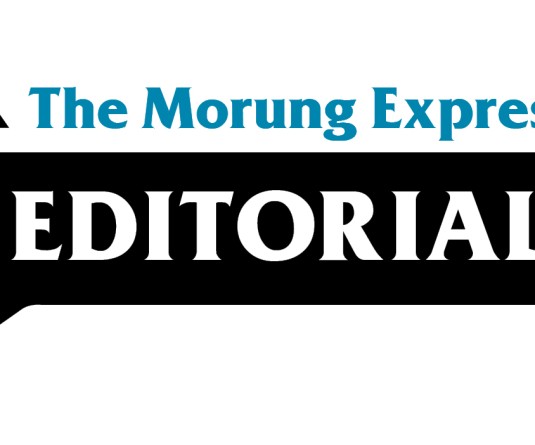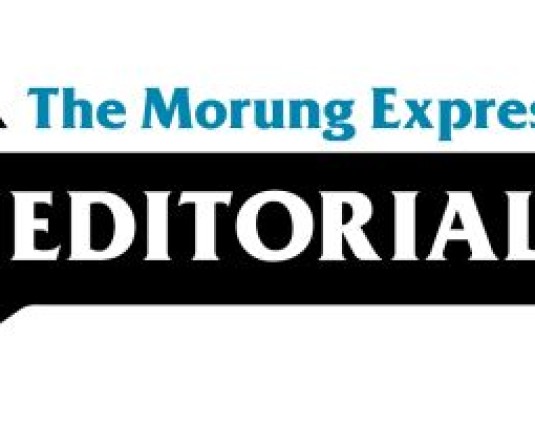
Moa Jamir
On the eve of statehood in 1961, Dimapur had a population of 15,767 persons which galloped by over 166% to 42,002, a decade later in 1971. By 2011, at the total of 3, 78,811 persons, it was the most populated district in Nagaland. An upward trend is also seen in other districts and State’s average in the intervening period, apart from the demographic somersault between 2001 and 2011, which saw a decadal decline of -0.58. Nevertheless, districts with considerable urban centres like Dimapur and Kohima saw healthy population growth rate at 22.92% and 21.72% respectively.
Overall, the urban population in the State increased from 19% in 2001 to 28% in 2011. Urbanisation can neither be avoided nor curtailed, as historical trajectories of development across the world have shown. Along with natural increase, the major driving force of rapid urbanisation are rural-urban migration motivated by the pull factors – such as better employment and education opportunities, better health etc and conversely the push factors - the relative lack of such avenues in rural areas.
The World Economic Forum (WEF), ‘The Global Risks 2015 Report’ stated that the world is experiencing a historically unprecedented transition from predominantly rural to urban; increasing from one-third of the world’s population in 1950 to one-half in the 2000s and projected to be two-thirds by 2050. Developing countries in Africa and Asia were estimated to be the fastest urbanising regions with the urban population projected to reach 56% in Africa and 64% in Asia by 2050.
We are currently seeing its manifestation.
If managed well, WEF said that urbanisation can bring important benefits for development through efficiency, civic engagement, innovation and create employment through exchange of new ideas.
However, when it is rapid, poorly-planned and occurs in a context of widespread poverty, it would exacerbate risks and negative externalities ranging from incapacity to contain infectious disease to the challenges of building climate-resilient cities. Among others, it would create joblessness, homelessness, inadequate services and infrastructure, poor health and educational services and high levels of pollution and lack of proper sanitation, crime and other social vices.
“As the urban sprawl of rapid urbanization expands outwards and upwards, it provides ready opportunities for hazards such as floods, storms and earthquakes to wreak havoc…” warned Margareta Wahlström, the erstwhile head of the UN Office for Disaster Risk Reduction (UNISDR) in 2012.
The WEF cited that 40% of the world’s urban expansion is taking place in slums, exacerbating socio-economic disparities and creating unsanitary conditions that facilitate the spread of disease.
We are yet to witness such scenario but rapidly catching up. Visit any expanding outskirts in Dimapur, the posh houses and rapidly vanishing landscape will usually lack a proper drainage system or roads. We are slowly choking up in our own yard. It assumes a magnitude proportion in Nagaland as most of the urban centres are topographically precarious for future expansion. A concern highlighted by the Nagaland Vision 2030 document, but without any feasible solution.
Kohima has clogged traffic and faces acute water shortage along with problems of garbage disposal amounting to 50 (fifty) tons a day at present, the Vision 2030 noted; while land in many places are beyond the reach of many, particularly the common man.
Carefully considered urban planning, good governance with effective regulatory frameworks and the ability of governments to provide appropriate infrastructure and public services is at the core of meeting the challenges of urbanisation, WEF said. These factors also determine the city’s resilience to a number of global risks, in particular environmental, social and health-related risks, but also economic risks such as unemployment.
We desperately need planning, not just urban development.
For any comment, drop a line to moajamir@live.com





